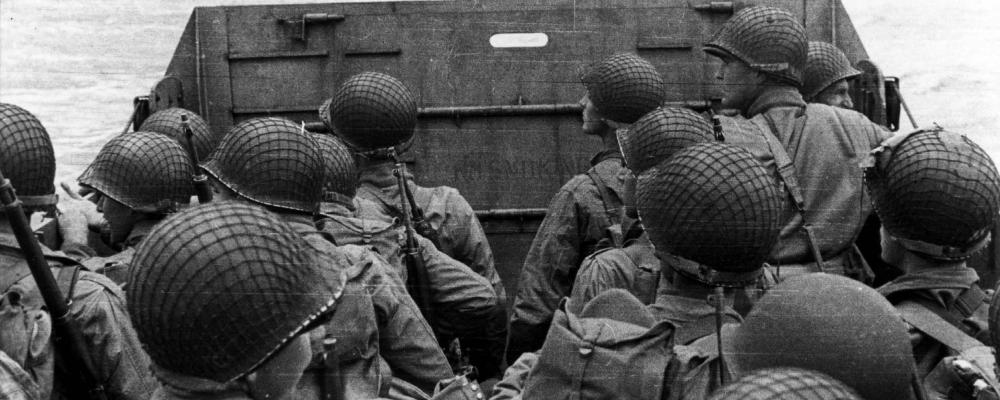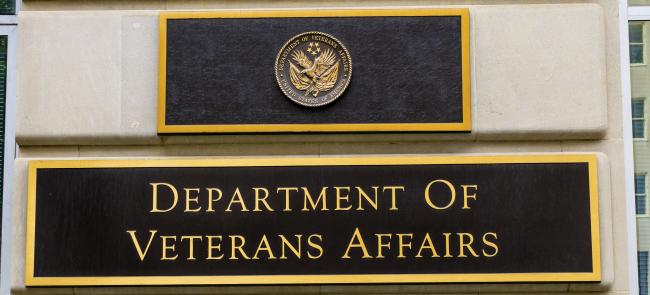
A small contingent from NGAUS is in France this week to help commemorate the 80th anniversary of the Allied landings in Normandy during World War II.
The group will mark the National Guard's role in the operation that began the liberation of Western Europe from Nazi Germany.
The 29th Infantry Division — a Guard unit that was from Maryland, Virginia and the District of Columbia at the time — was part of the first wave at Omaha Beach on D-Day — June 6, 1944.
Rough seas, high bluffs overlooking the beach and hardened Nazi defenses made the Allied assault costly. Casualties were high in what became the fiercest fighting of Operation Overlord.
But by day's end, U.S. forces had a toehold along the French coastline.
D-Day veterans, heads of state and others now mark D-Day every five years. Many of these commemorative events are on Omaha Beach or at the Normandy American Cemetery that overlooks the beach's shore.
NGAUS has sent a delegation to commemorate the Guard's role in D-Day every five years since 1949.
This year, Maj. Gen. Janson D. Boyles — the chairman of both NGAUS and the National Guard Educational Foundation — and retired Maj. Gen. Francis M. McGinn — the president of the two organizations — lead the association's delegation.
Ceremonies are set for Tuesday and Thursday at the National Guard Monument on Omaha Beach.
In an event that occurred Tuesday evening French time, Boyles told U.S. and French officials that the young soldiers of the 29th — a unit that was seeing its first combat — faced long odds.
Yet these Americans were undaunted, he said.
"They simply had faith," Boyles explained. "In each other, and their cause."
NGAUS owns — and the NGEF maintains — the National Guard Monument, which sits atop a former German bunker on the edge of Omaha Beach.
The monument pays tribute to the hundreds of thousands of Guardsmen who fought in Europe during World Wars I and II.
The U-shaped concrete structure includes a black inscription in English and French that details the extent to which Guardsmen served, and shed their blood in, both conflicts.
Steps away is the town of Vierville-sur-Mer and a draw that provides a critical passageway up though the bluffs and cliffs that overlook most of Omaha Beach.
Town officials in Vierville-sur-Mer gave NGAUS the land on which the old bunker sits in 1964. NGAUS built the monument and dedicated it on June 6, 1969, the 25th anniversary of D-Day.
In 1979, the Historical Society of the National Guard and the Militia — which is now known as the NGEF — took over responsibility for maintaining and improving the monument.
Other events across the Normandy region this week include parachute drops, parades, concerts, historical reenactments, fireworks, static displays and exhibitions.
While this week's events are expected to draw a few D-Day veterans, most of the people who saw action on D-Day and survived the rest of World War II are now gone.
Last November, only 119,550 World War II veterans remained of the 16.1 million Americans who fought in the war, according to Department of Veteran Affairs statistics from 2023.
The youngest of these remaining veterans are nearing 100 years old, per the VA, and an average of 131 of them die each day.
— By John Goheen









